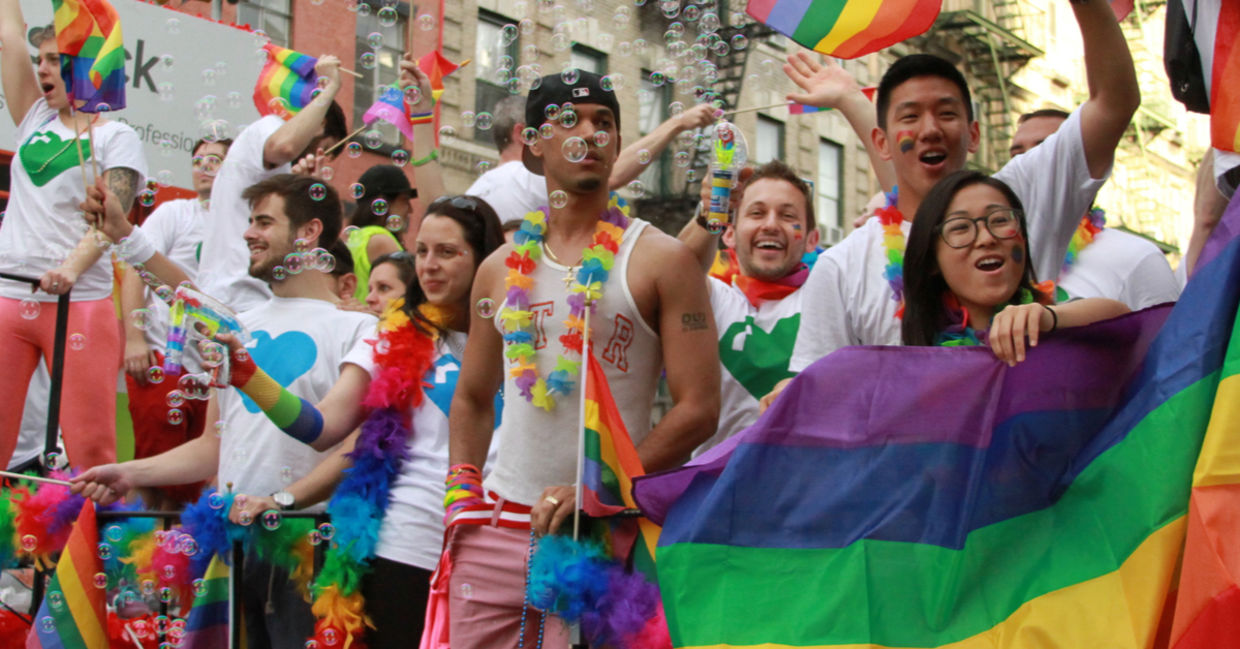
(KathyHyde / Shutterstock.com)
June is Pride month and whether you are celebrating in New York, Toronto, or London, you will be seeing Pride flags galore as parades are coming back after the pandemic. So grab a flag and join the celebration.
While most people are used to seeing the traditional rainbow-colored flag in city skies and streets, according to the Advocate, there are now flags that represent all of the sexualities and genders of the LGBTQ+ community. Here is just a small sampling of some of the flags that you will see for Pride month.
Rainbow Flag
The rainbow flag is the original Gay Pride emblem, but it has gone through a few versions stressed Marie Claire. The first flag was designed in 1977 by Gilbert Baker, a gay activist and US veteran. He was asked to come up with a Pride flag by gay politician Harvey Milk.
Baker was inspired by Judy Garland’s “Over the Rainbow” and came up with a multi-colored – hot pink, red, orange, yellow, green, turquoise, blue, and violet – rainbow flag. After Milk’s death the pink stripe was dropped. The hot pink color was difficult to obtain so the flag was manufactured with seven colors instead.
Later, another stripe was dropped so that the flag could be mass produced to hang on flag poles. This is the rainbow flag that is in use today
“We needed something to express our joy, our beauty, our power. And the rainbow did that,” Baker told CNN . “We’re an ancient, wonderful tribe of people. We picked something from nature. We picked something beautiful.”
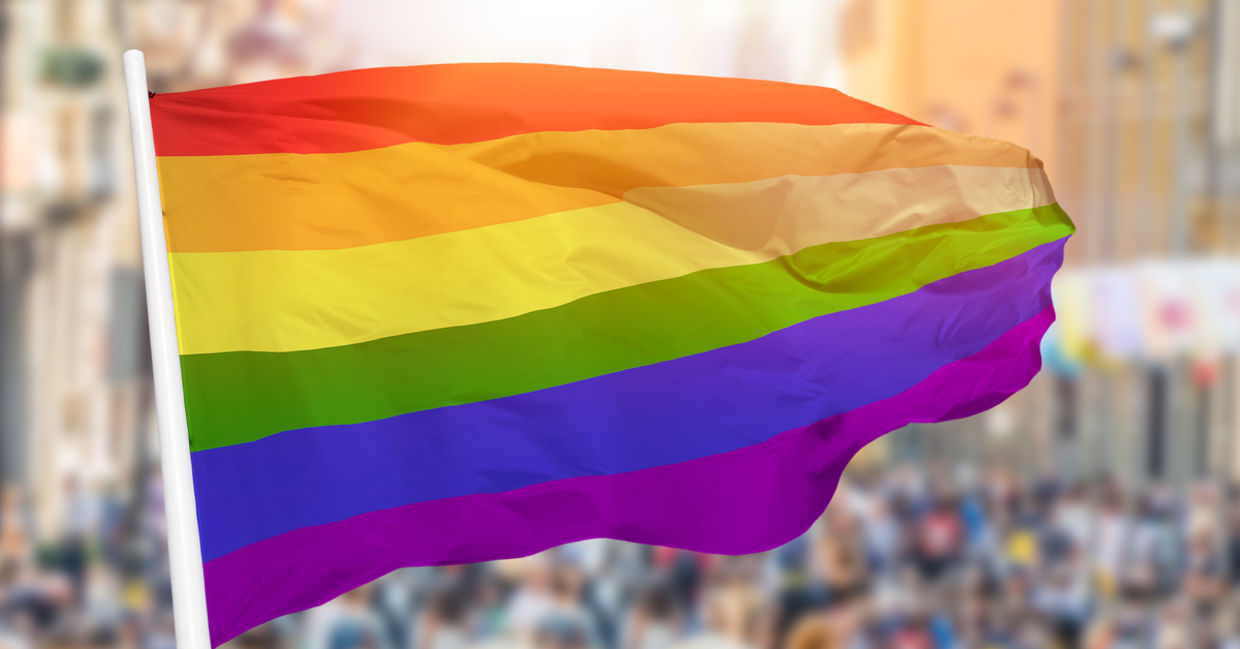
(cunaplus / Shutterstock.com)
Philadelphia and Progressive Pride Flags
In 2017, activists in Philadelphia, Pennsylvania added two more stripes – black and brown – to highlight the importance of including queer people of color in the community, according to Marie Claire. While the initiative came from a good place, it was met with some controversy because the rainbow flag was designed to be inclusive.
The progressive Pride flag took inclusion further, by adding the brown and black stripes to represent people of color, as well as the colors of the transgender flag. It was designed by artist Daniel Quasar in 2018.
"This flag recognizes intersections within the LGBTQ+ community, honoring LGBTQ+ people of color—whose activism inspired the very first Pride—as well as different gender identities," London mayor Sadiq Khan told Forbes.
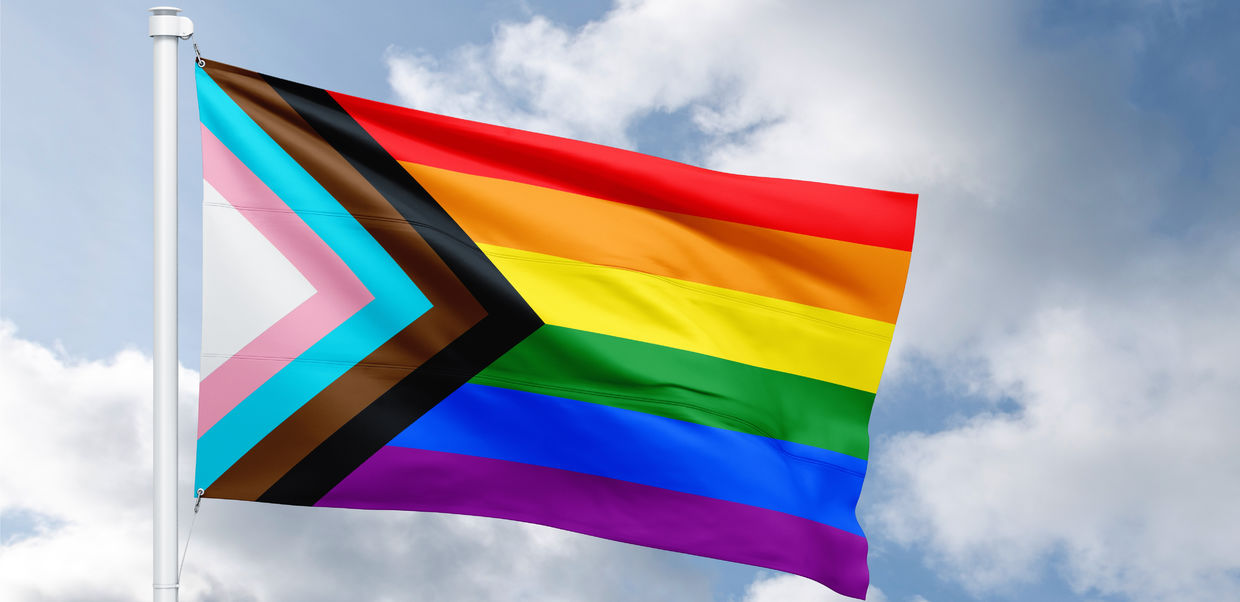
(Svet foto / Shutterstock.com)
Bisexual Flag
The bisexual flag was created in 1998 to improve the visibility of these members of the LGBTQ+ community. Designed by Michael Page, the flag contains the colors blue that represents attractions to different sexes, pink for attraction to the same sex and a lavender strip that represents an attraction to people regardless of sex or gender.
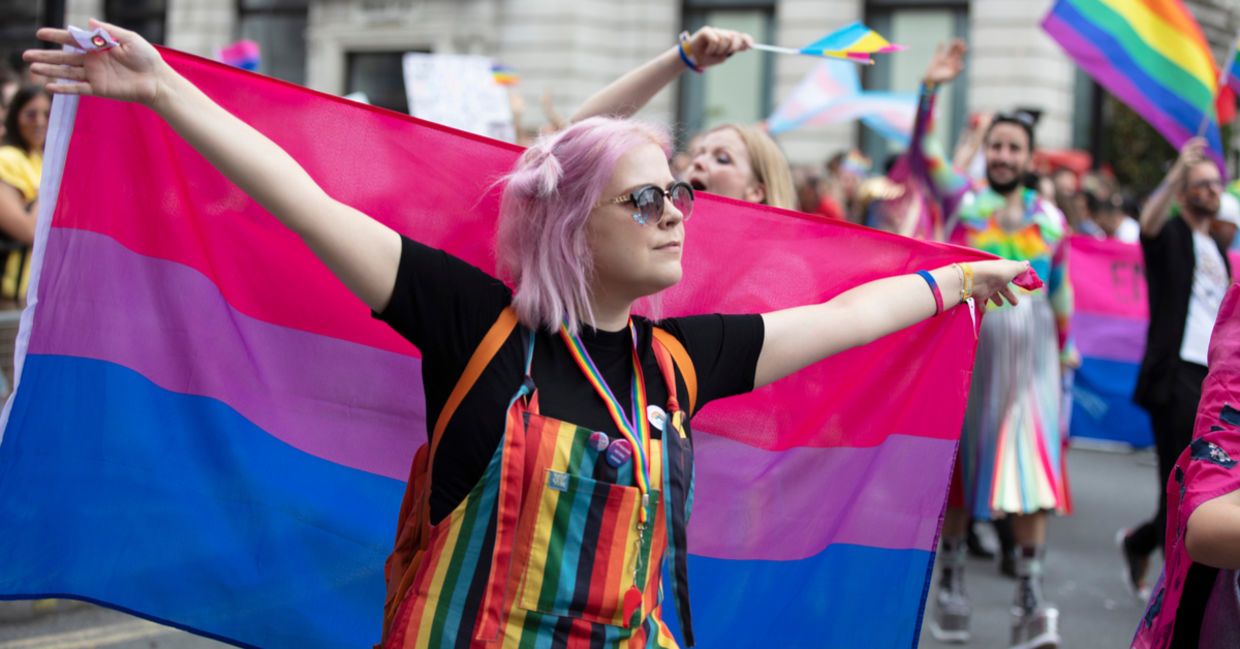
(Ink Drop / Shutterstock.com)
Pansexual Flag
The pansexual flag dates back to 2010 according to Oprah Daily and represents people who do not see their attraction limited to a specific gender or genders and contains three stripes. The pink stripe represents people who identify as female, the blue stripe for people who identify as male, and yellow represents people who identify as gender queer, nonbinary, or a-gender.
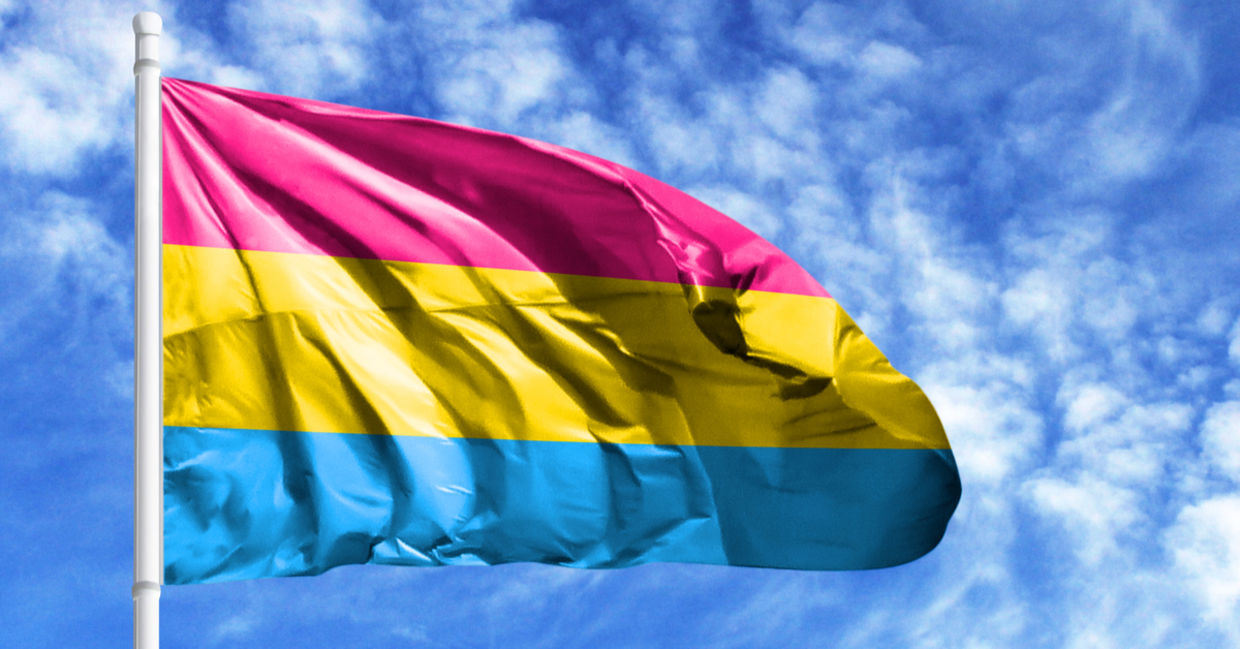
(Millenius / Shutterstock.com)
Transgender Flag
This flag was created in 1999 by Monica Helms, a transgender activist to represent the trans members of the community. The light blue and light pink stripes denote male and female genders and the white stripe in the middle represents people who are transitioning, intersex, or are gender neutral.
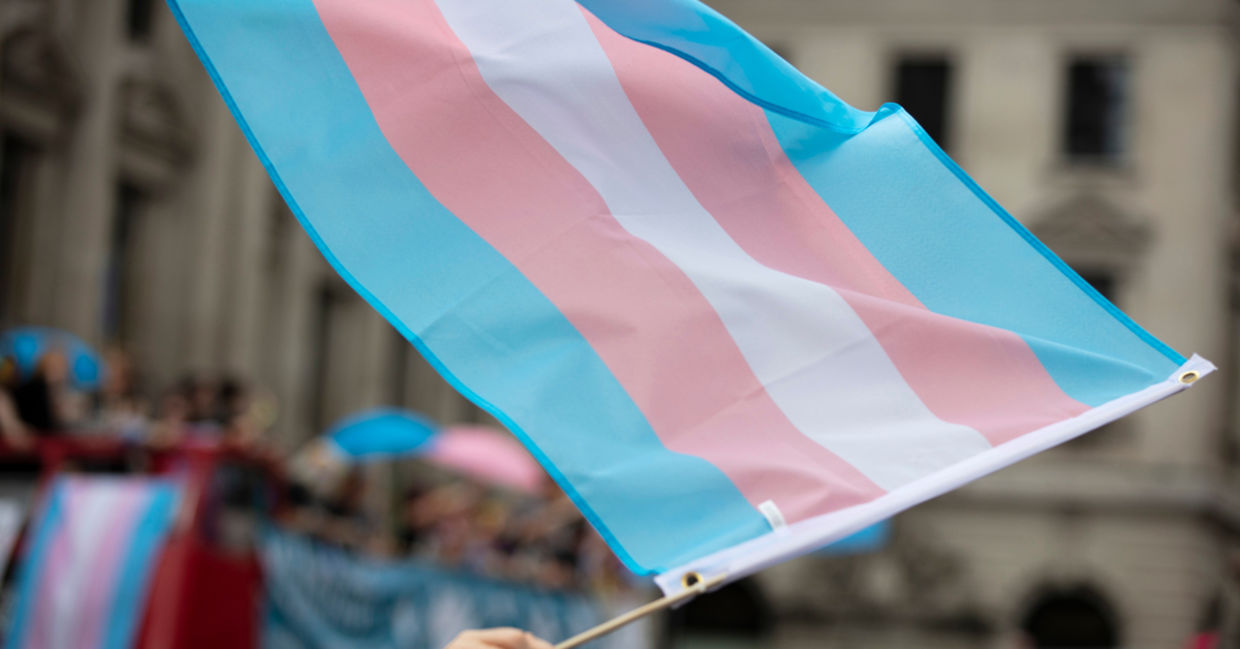
(Ink Drop / Shutterstock.com)
Nonbinary Flag
There is a flag for people who are nonbinary and do not identify as male or female gendered according to the TriPride organization of Tennessee. The flag was designed in 2014 by Kyle Rowan and consists of four stripes. The yellow stripe represents people whose gender exists outside of binary, white represents people who have many genders, purple for people who have a mix of genders, and black for people who are without any gender. This flag was designed to fly along with other Pride flags to promote inclusivity.
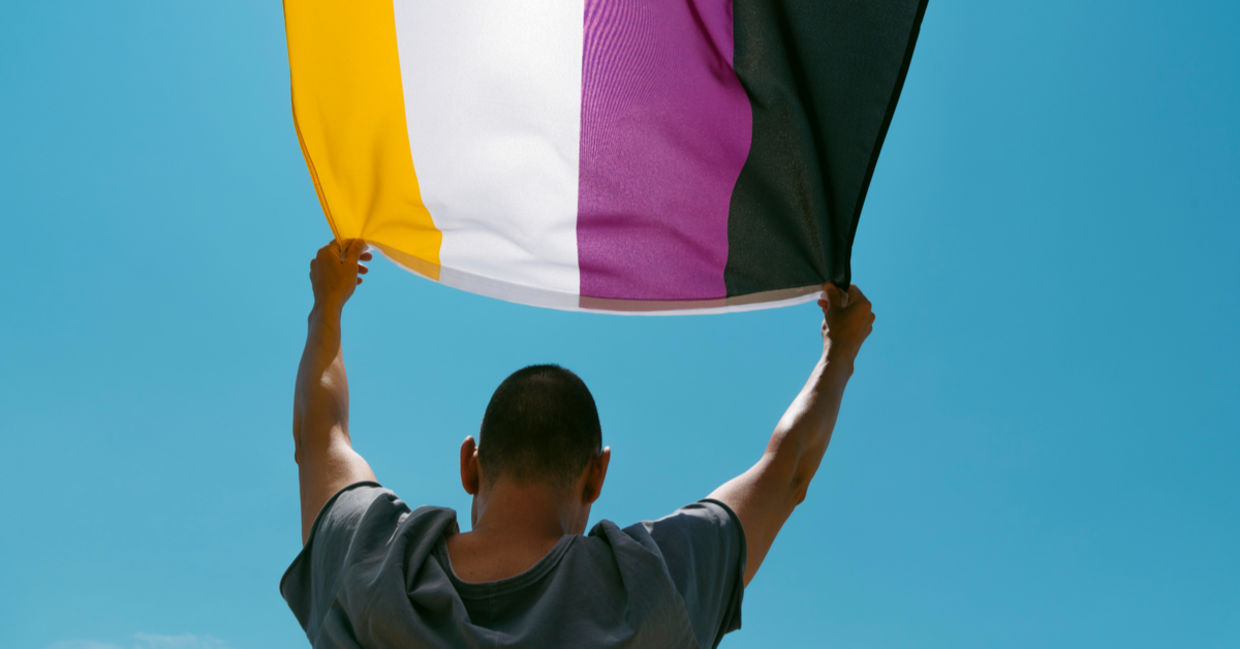
(nito / Shutterstock.com)







